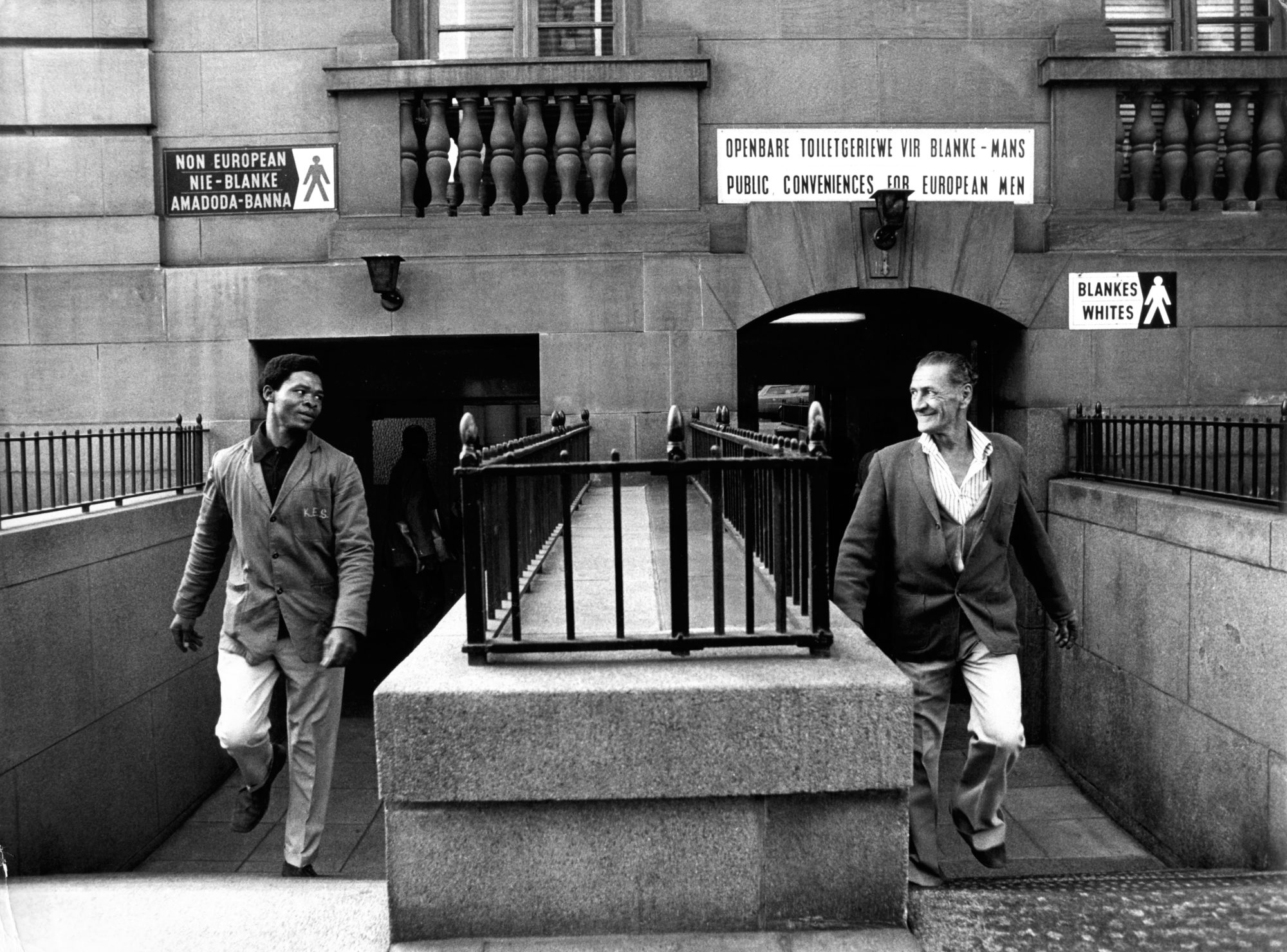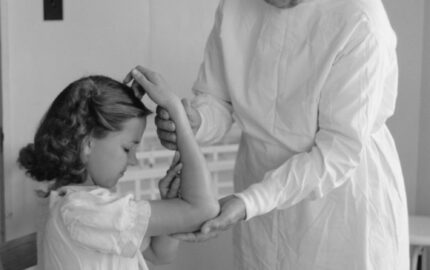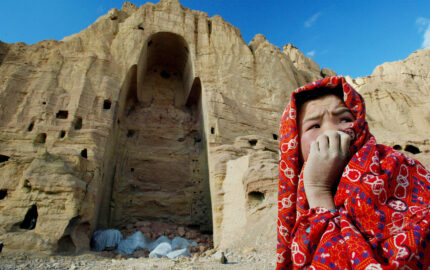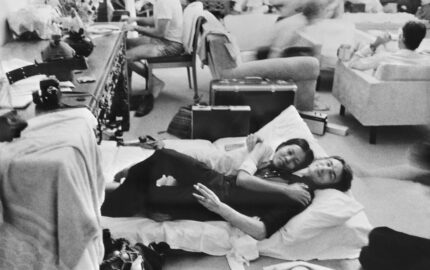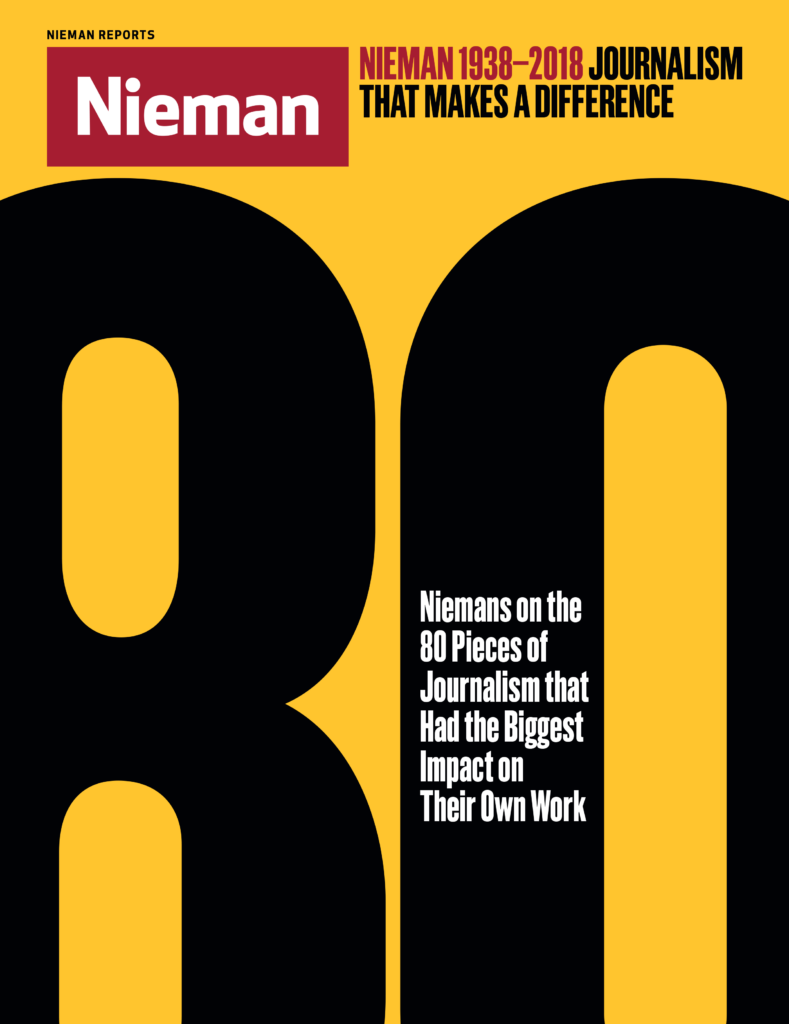
How are great journalists made? Often, it’s pieces of great journalism that help form them, influencing their lives or careers in an indelible way. To celebrate the Nieman Foundation for Journalism’s 80th anniversary in 2018, we asked Nieman Fellows to share works of journalism that in some way left a significant mark on them, their work or their beat, their country, or their culture. The result is what Nieman curator Ann Marie Lipinski calls “an accidental curriculum that has shaped generations of journalists.”
Joe Lelyveld’s reporting for The New York Times—which he drew on for his book “Move Your Shadow”—brought home a truism. Real stories are about people. In the 1970s we were becoming increasingly critical of the South African government’s policy of apartheid. But the people who suffered most from it did not really appear as people. They were what we wrote about in an impersonal way. Joe’s piece made clear how it affected people in their daily lives. We did then humanize our stories more but to this day I regret that we did not do so on a much bigger scale.
Move Your Shadow:
South Africa, Black and White
By Joe Lelyveld
Times Books, 1985
Excerpt
To catch the first Putco bus from the Wolverkraal depot in KwaNdebele, the photographer David Goldblatt and I calculated, we would have to leave the Bundu Inn (a white hostelry that went “international” after finding itself in a homeland) no later than one-thirty in the morning. It is then that KwaNdebele’s first “commuters” start to stir. […] The black settlers of the new state who boarded the bus near there had to ride about 95 miles before transferring to local buses that would take them to factories where they worked, in areas where they were forbidden to live. That meant a minimum of 190 miles every working day in buses designed with hard seats for short hauls on city streets. They were fortunate in a sense — they did have work — but they were spending up to eight hours a day on buses. The distance they traveled annually, I calculated, came to more than a circumnavigation of the globe.
Excerpt from MOVE YOUR SHADOW by Joseph Lelyveld. Copyright © 1985 Joseph Lelyveld, used by permission of the Wylie Agency LLC.
